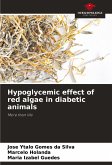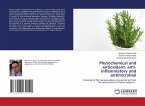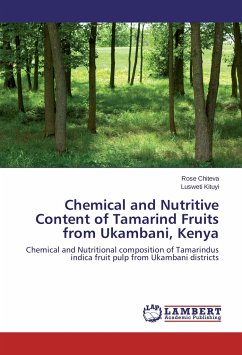Some vegetables are part of consumers' daily diets, and their production for the consumer market is well known, with various forms of cultivation, such as conventional, organic, and hydroponic, which provide a differentiated supply for those looking for products with specific attributes. Among these foods, lettuce (Lactuca sativa L.) stands out as one of the most common vegetables in the Brazilian diet. It is an important source of minerals and vitamins, especially vitamins A, B1, B2 and C, and minerals such as iron and calcium. It also contains bioactive compounds that exhibit antioxidant properties and contribute to the health of the body by protecting it from oxidative stress. Given this, the objective of this study was to evaluate the influence of the cultivation system (conventional, organic and hydroponic) on the content of bioactive compounds and the physical-chemical characteristics of red lettuce.
Bitte wählen Sie Ihr Anliegen aus.
Rechnungen
Retourenschein anfordern
Bestellstatus
Storno








